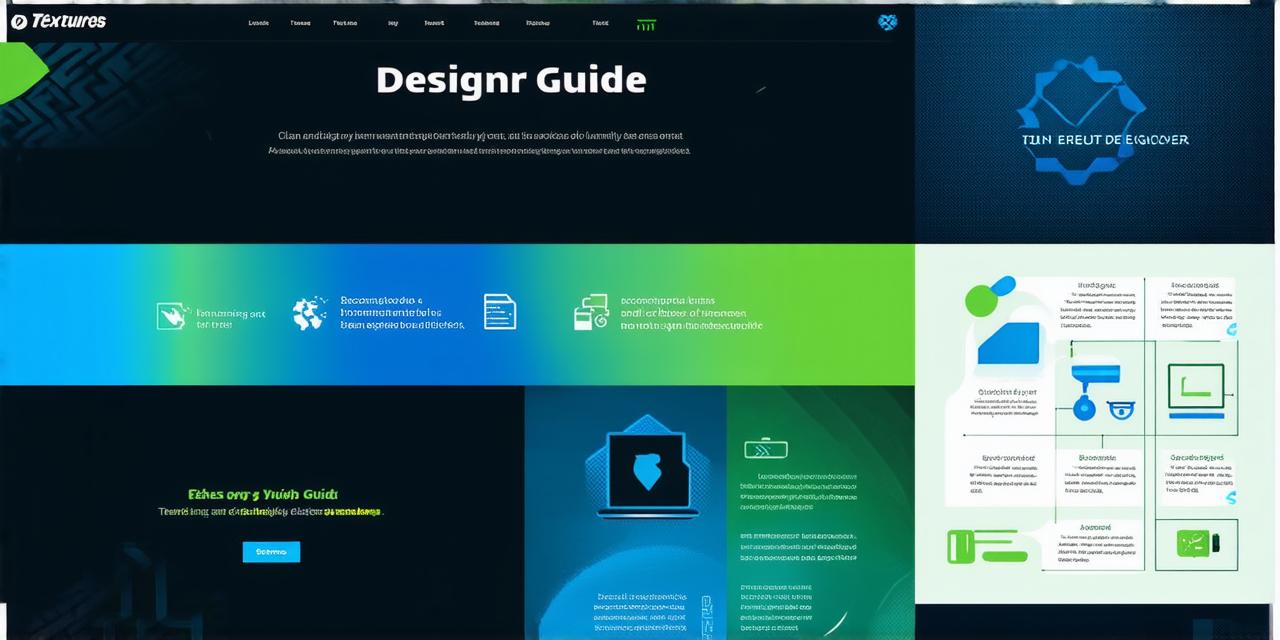1. Understanding the Basics
- Start by familiarizing yourself with HTML, CSS, and JavaScript – the building blocks of any website.
- Familiarize yourself with design principles such as color theory, typography, and layout to create visually appealing and user-friendly websites.
2. Practice Makes Perfect
- Hands-on experience is crucial in web design. Dive into projects, big or small, to build your portfolio and gain practical skills.
- Participate in online challenges, collaborative projects, or open-source contributions to expand your skillset and network with fellow designers.
3. Learn from the Masters
- Study successful web designs to understand what works and why. Analyze their layouts, color schemes, typography, and user interfaces.
- Follow industry leaders, attend workshops, and webinars to stay updated on the latest trends and techniques.
4. Experiment and Iterate
- Don’t be afraid to experiment with new ideas and approaches. Web design is a creative field that thrives on innovation.
- Remember, every successful design is the result of countless iterations and refinements. Embrace this process and learn from your mistakes.
5. Building Your Portfolio
Your portfolio is your ticket to opportunities in the industry. Showcase your best work, highlighting your skills, creativity, and problem-solving abilities.
Tailor your portfolio to specific job roles or industries to increase its relevance and appeal.
6. Networking and Collaboration
- Connect with other designers, developers, and industry professionals through online communities, forums, and social media platforms.
- Collaborate on projects to gain diverse experiences, learn from others, and expand your network.
7. Landing Your First Job
- Tailor your resume and cover letter to the job role and company you’re applying to. Highlight your skills, experiences, and achievements relevant to web design.
- Prepare for interviews by researching the company, practicing common interview questions, and showcasing your passion for web design.

FAQs
What software should I learn for web design?
Adobe Creative Suite (Photoshop, Illustrator, XD), Sketch, Figma, and InVision Studio are popular choices among designers.
How long does it take to become a proficient web designer?
The learning curve varies for each individual, but with consistent practice and dedication, you can expect to become proficient within a year or two.
Is a degree necessary to become a web designer?
While a degree can provide a solid foundation, self-taught designers are also successful in the field. It’s more important to have a strong portfolio and practical skills.


